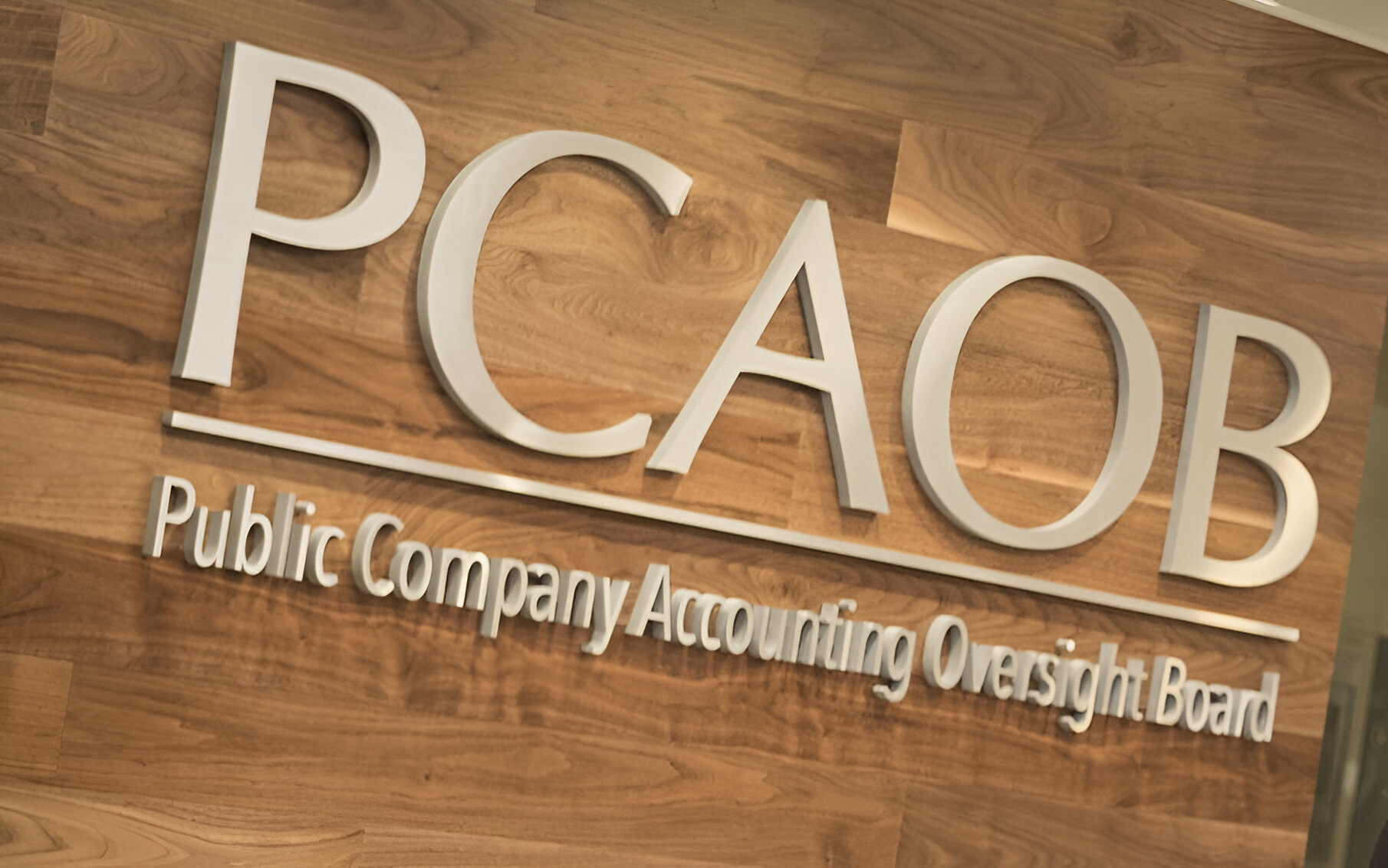Over the years, we’ve worked with hundreds of CPA firms to launch Lean Six Sigma process improvement initiatives and train Lean Six Sigma Green Belts who continue the charge within their firms and with their clients.
Those experiences have given us a unique perspective on what works and what doesn’t work when it comes to process improvement within a firm. While every firm (and every process within each firm) is unique, many of the challenges and roadblocks they face are the same. If you are planning a process improvement initiative in your firm, here are six considerations to keep in mind.
Simplification
The accounting profession tends to overcomplicate processes and insert extra steps to ensure quality. Even if you’ve been through a process improvement initiative, unless you continually monitor the process and look for ways to improve it, these extra steps can creep back in.
Remember, if you’re using Lean Six Sigma, you’re building in quality. If you’re adding in additional steps, you needlessly cost your firm time and money. Look for ways to cut down on the complexity. It will improve efficiency and substantially improve quality, as well.
Automation
Workload compression is an ongoing problem for tax practices, as there is a particularly sharp increase in the amount of work that needs to be performed during February through April 15th.
Continuously look for opportunities to automate wherever possible and cut down on the amount of repetitive tasks that are being performed by staff. Technology, robotic process automation (RPA) and artificial intelligence are changing the game, not only in compliance services such as tax and audit, but also in other areas of the firm, including advisory, time and billing, client and employee onboarding, and other “back office” functions. This creates an excellent opportunity for revenue growth.
Process for client experience
The firms we’ve seen have the most success with process improvement initiatives are those that are truly committed to improving the client experience.
Embrace technology that makes it easier for your clients to do business with you. This doesn’t happen by chance; it takes identifying client needs and redesigning processes to improve the client experience in a way that delivers a high level of service.
Once you start breaking down existing processes, you will almost certainly find that different partners have different ways of delivering client service. You will need to make client service consistent across the firm, as you cannot automate inconsistent processes.
Resource allocation
One of the issues we hear a lot about when we work with firms is the obstacles they face when scheduling staff and engagements. If you don’t look at your process for allocating resources, you could miss the root cause of resource allocation issues.
For example, we frequently see firms run into issues sending their staff out on audit fieldwork when clients don’t yet have the necessary reports and reconciliations ready to go. This results in significant nonproductive staff time. With effective processes, you can better schedule engagements so that the appropriate information is available when your staff arrives.
The most successful firms couple process and an automated workflow management solution that offers visibility into production measures, resource allocation and scheduling requirements.
Reporting and metrics
If you really want to change the way you do things, you need to change the metrics you look at regularly and make them visible.
You’ve likely heard the saying, “what gets measured gets done.” So what key performance indicators are you using to measure the success of your firm? A few we recommend include:
- Revenue per full-time equivalent (FTE)
- Revenue by service line
- Average number of services per client
- Lifetime value of a client
- Work turnover
There are many more you can track, depending on your firm’s strategic initiatives. Whichever ones you choose to track, keep them running effectively by making them visible with reports and dashboards to help with accountability and progress.
Manage change fatigue
Firms that are working hard to change may begin seeing signs of change fatigue in their staff, including eye rolls, short tempers, disengagement and increased complaints. All of these can cause your process improvement initiatives to suffer, so it’s crucial to learn to identify and manage change fatigue.
Creating a process for change helps minimize fatigue when people feel like they’re being put through the wringer. Create a plan that allows the firm to pace itself, manage communications and track progress. Having a methodology for change won’t wear people out like a neverending change initiative, and you can’t afford to simply push the pause button during this time of disruption and transformation.
Firms that embrace change through process improvement initiatives will realize visible and rewarding results. One-off improvements and best practices will, at best, lead to short-term and isolated gains. But with long-term vision and a commitment to continuous improvement, you’ll see improved profitability and financial performance.
Thanks for reading CPA Practice Advisor!
Subscribe Already registered? Log In
Need more information? Read the FAQs
Tags: Artificial Intelligence





